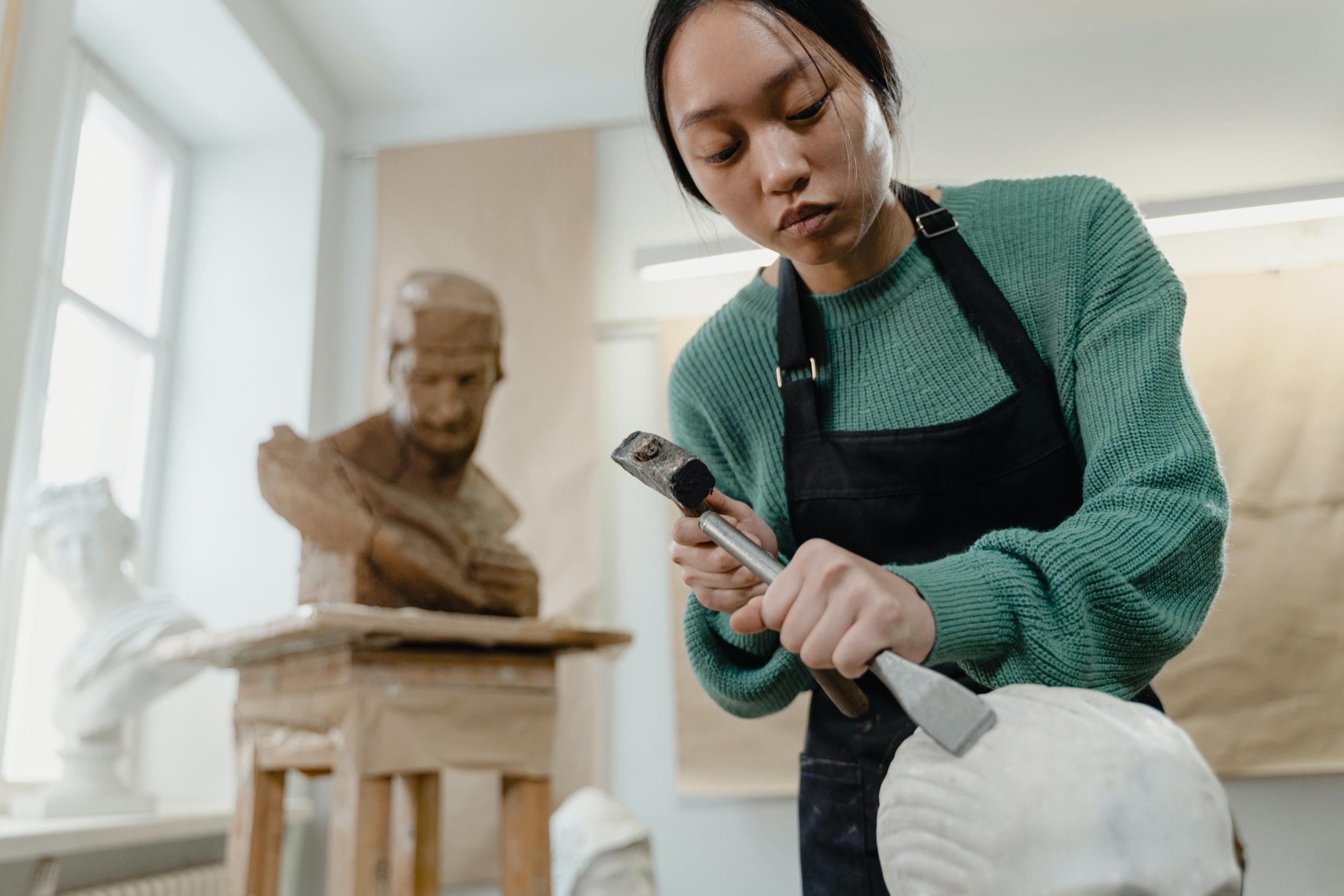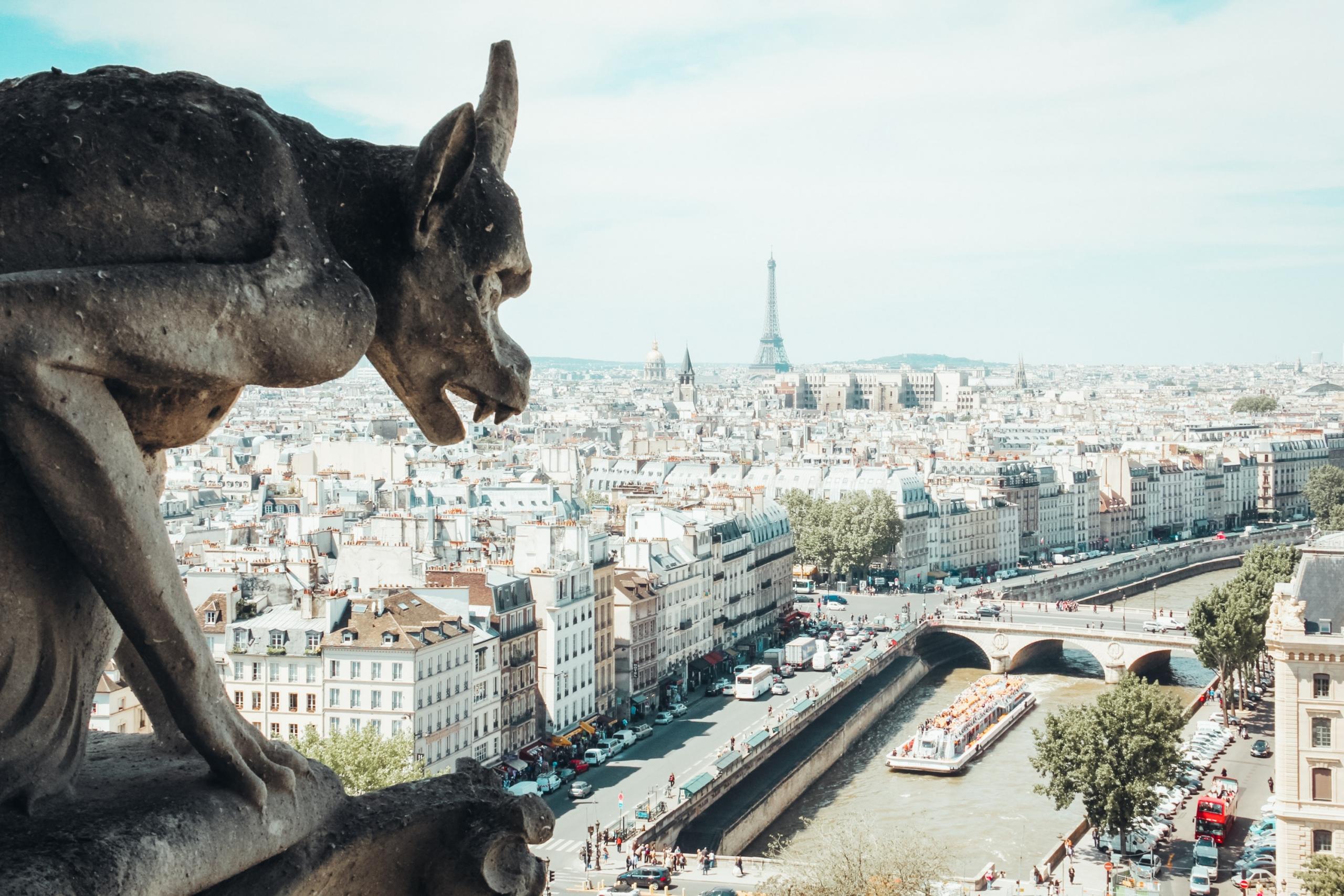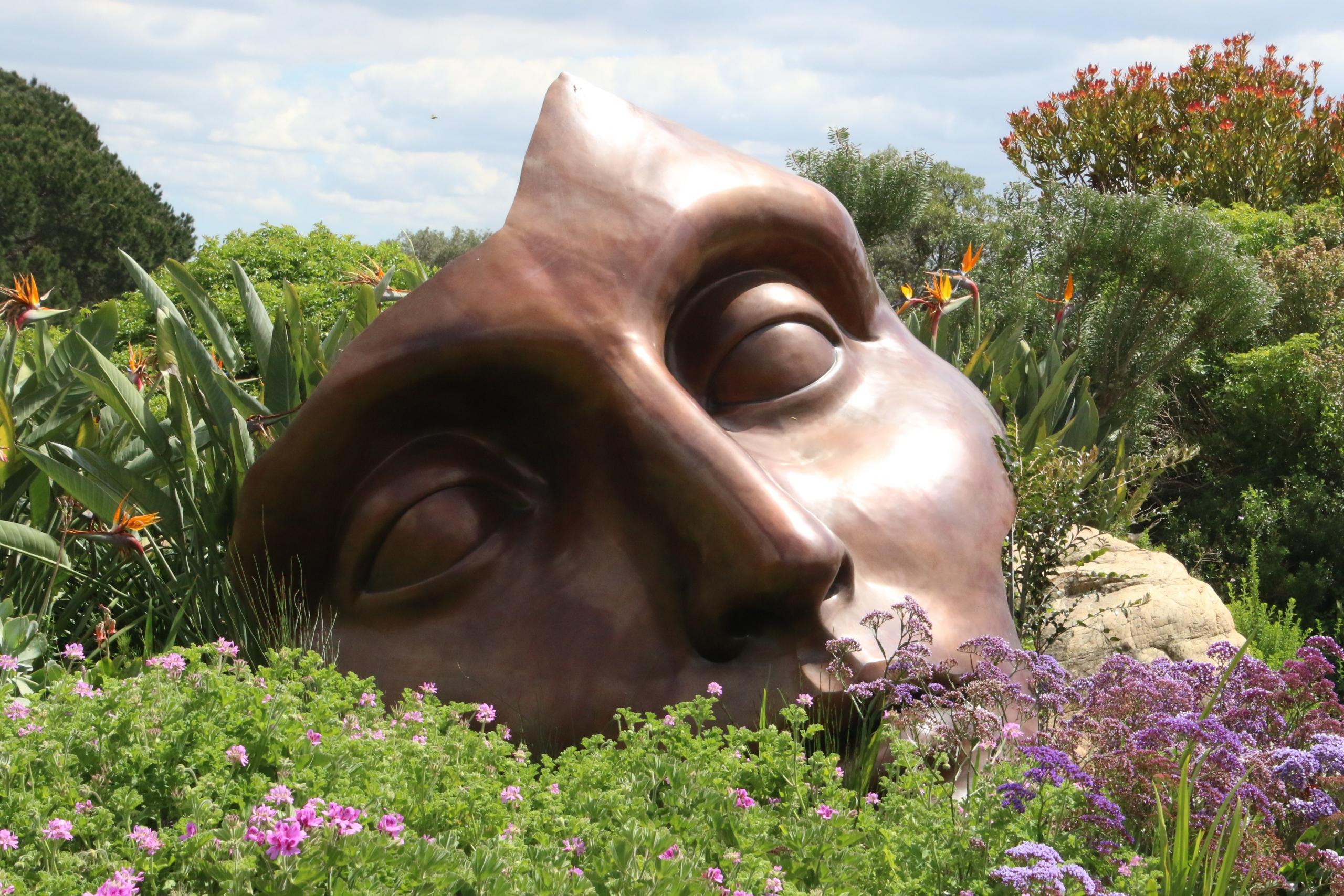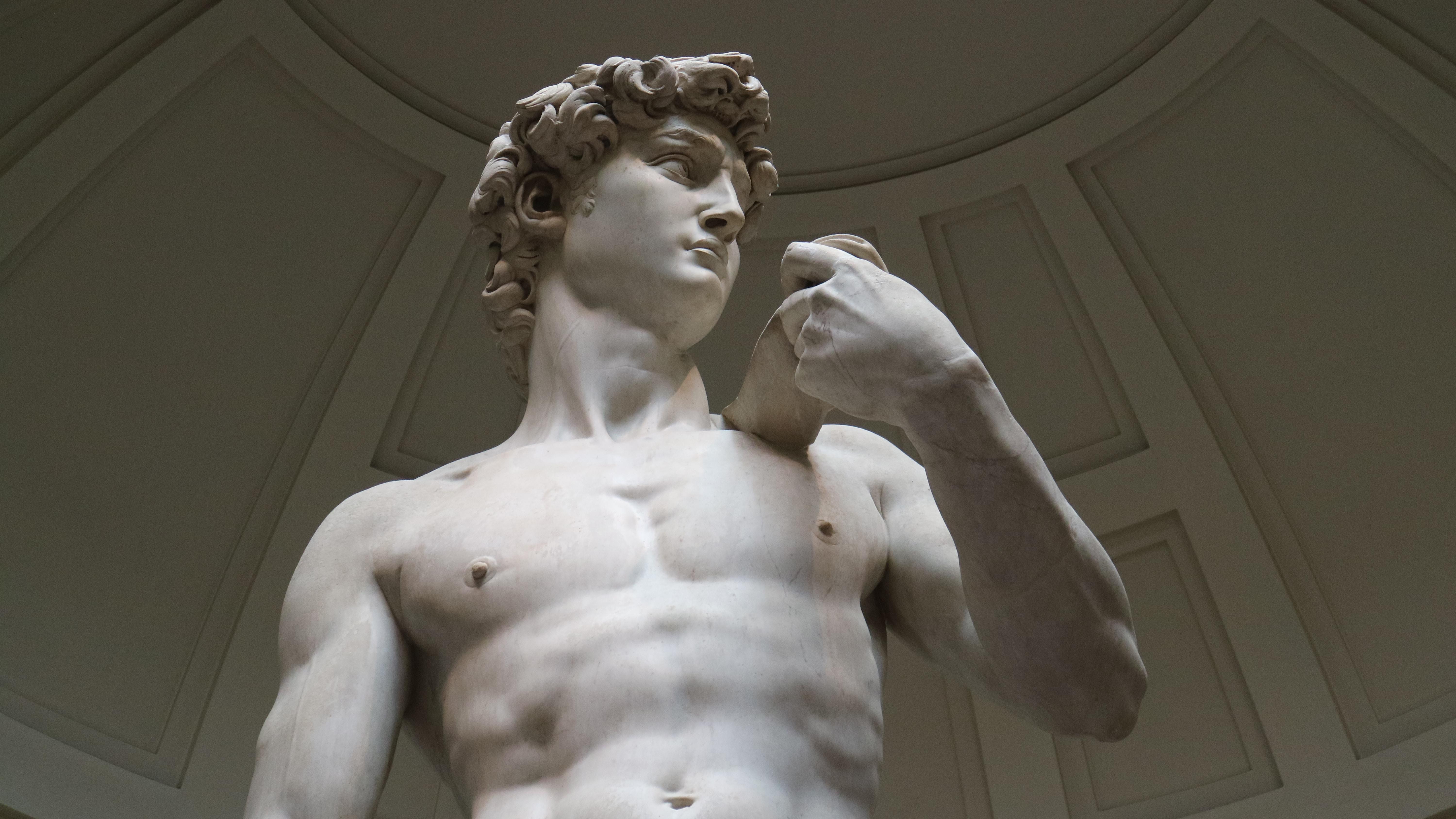One of the beautiful aspects of art history is the infinite types of styles and movements that have contributed to it over the ages. And when it comes to sculpture types there is something for everyone.
You could walk through a museum and be amazed at so many different types of movements. From contemporary sculpture to neoclassicism, the diversity and many languages of art have the ability to appeal to all kinds of people from everywhere.
If the history of sculpture types is something that interests you, then there is much to learn and enjoy.
For one, you will need to learn the characteristics of sculpture so that you can tell the difference between contemporary sculpture and the masterpieces. Understanding the roots of contemporary sculpture and how it has drawn inspiration from the Italian Renaissance, for example is a skill you could learn.
Unsurprisingly, when it comes to art sculpture and its types, history and styles, it is a fascinating subject, especially when compared to the changing social and scientific climates of its different eras.
In this article, you will find out more about the characteristics of sculpture through the ages. While a focus on prehistoric art sculpture like Palaeolithic or Mesopotamia is missing, there is still enough here to tweak your interest.
For more, don’t miss our article on the basics of art sculpture.
Want to give private lessons?
Join the Superprof community and share your knowledge with inquiring and motivated students.
The Major Sculptural Types – in Rough Order
To examine the characteristics of sculpture and to look at the origins of contemporary sculpture, it is helpful to take a chronological look at sculpture types in Western art from its earliest beginnings until the 20th century.
Beyond this, the art of sculpture takes a major detour in terms of its style, innovation and concern. From the 20th century, it is simply more helpful to compare the differences in contemporary sculpture.
So, where to begin?
Ancient Greece!
Hellenistic Art Sculpture
As a disclaimer, the term ‘Greek sculpture’ is a bit of a generation. The civilisations that we refer to here were around from the 10th century BC to about 600 AD. That is sixteen hundred years and a lot can change in that time!
The sculpture that occurred during this time is from the classical and Hellenistic periods. This is the time between the first and fifth centuries BC.
The characteristics of sculpture during this Greek period were typically idealised yet naturalistic representations of people and deities in this era. During this time, sculpture types were mainly figurative and people like Phidias were among the big names on the scene.

Find art courses here.
The Art of Sculpture and the Roman Era
It is common for studies on sculpture types to combine Greek and Roman sculpture together. The reason for this is that Roman art was majorly influenced by the Greeks. Not only that, most of the sculptors living in Rome at that time were, in fact, Greek.
The main difference between these two sculpture types was the pursuit of idealisation in Greece, compared to Rome where artists were deliberately representational. This means that they were focused on detail and historical events, rather than beauty for beauty’s sake.
Equestrian Sculpture
This one might seem slightly out of place, but the equestrian statue is in fact a notable art form. Though it may seem like these are just guys on horses, the social significance should not be understated.
While there are not many equestrian statues that have survived antiquity, they continue to convey their intended message – one of power and prestige.
Creating a life-size horse in white marble or bronze requires a lot of material, usually expensive material. Good examples to look at include the works of Verrocchio’s Bartolomeo Colleoni, Marcus Aurelius and Donatello’s Statue of Gattamelata.
The Art of Sculpture in Reliefs, Carvings, and Architecture
There is a distinct knowledge gap when it comes to sculpture between the fall of Rome and the early days of the Renaissance. What is known is that the concerns of the day were typically the decoration of churches, cathedrals and abbeys.
Reliefs and carvings, where sculptors worked on raising work from flat backgrounds were techniques mainly used in architectural sculpture. The characteristics of sculpture between this period (roughly between 600 and 1200) became part of Romanesque and later Gothic art styles.
Look up the Chartres Cathedral for an outstanding example of Gothic art.
Want to give private lessons?
Join the Superprof community and share your knowledge with inquiring and motivated students.
Sculpture Types of the High Renaissance
Beginning in Italy, the Renaissance drew on classical themes and techniques. It changed the way that society thought about art and still has a major influence on many modern-day sculpture types.
In a move away from the religious concerns that dominated first-millennium art, it turned to the human figure, taking detail and knowledge from scientific developments around it.
Noteworthy names from this period include Donatello, da Vinci and Michelangelo.
Mannerist Sculpture
While the characteristics of sculpture during the High Renaissance valued naturalism, mannerism was occupied with exaggerated, even artificial beauty that would aim to compete with sculptors of the past.
An iconic example of mannerism sculpture is Benvenuto Cellini’s Perseus with the Head of Medusa of 1554.

Baroque Sculpture
So while Renaissance sculpture was characterised by a sense of stability, it was followed by Baroque which added dynamism and movement to the art of sculpture. It was concerned with energy and elaborate decoration.
The fountains, public pieces and architectural work of Gian Lorenzo Bernini are great 17th-century examples of barque sculpture that transformed Rome at the time.
Rococo, or ‘Late Baroque’ as it was known contained extreme, theatrical, detailed and colourful examples of this movement.
Neoclassical Sculpture
As is often the case, history’s response to baroque was to return to the simplicity which gave way to the neoclassical sculpture of the 18th century.
The work of Antonio Canova is the best example of a return to the principles of ancient art design.
Modernist Sculpture
Around the turn of the 20th century, writers, musicians, painters and sculptors were galvanised through what was known as modernist art which was a major departure from existing tradition.
In sculpture, an excellent example of this is the work of Auguste Rodin, who brought an impressionistic quality to the art of sculpture. He did away with chiselled features and sharp lines and focused on realism instead of idealism. His most famous piece is The Thinker.
Rodin’s student, Constantin Brancusi was also influential, particularly with his outdoor and more abstract pieces of sculpture that provided an entrée for the contemporary artists who followed.
Find out more about famous sculptures from history.
The Diversity of Contemporary Sculpture
Contemporary sculpture is multifaceted and incredibly diverse. It is not bound by the strict rules that were typical until the 19th century.
In recent years several directions in sculpture have been pushed, all of which can’t be detailed chronologically as they were concurrent.

Discover the world’s most famous sculptures.
An Assemblage or Found Objects
Begun by the likes of the Dadaists and Picasso during the first half of the 20th century, assemblages were not dissimilar to collages, only in three dimensions.
Developed from an interest in ‘found objects’ – these items are used for many different purposes and presented as art at the same time.
The work of Marcel Duchamp’s 1917 famous Fountain is a good example. The artwork, which is a urinal placed on a pedestal posed interesting questions about the nature of art.
Abstract Sculpture
Abstract sculpture came mainly out of the efforts of Brancusi, who was one of the founders of modernist sculpture. Rather than figurative works of art which required a great degree of detail, abstract art was not concerned with representation.
Brancusi’s work was concerned with ‘essence’ or the simplest forms of things. It influenced and inspired famous artists like Barbara Hepworth, Henry Moore and Alberto Giacometti.
Land Art
An incredibly determined and colossal style of contemporary sculpture is what’s known as land art. This art form aims to use the land itself to create sculpture.
A good example of land art is Spiral Jetty in the Great Salt Lake in Utah by Robert Smithson and Charles Jenck’s Landform which is found in Edinburgh.
Kinetic Sculpture
It is not uncommon for art historians to argue and one of their favourites is when the kinetic art movement began. It is now generally agreed that it was the innovation of Naum Gabo whose work, Kinetic Construction inspired many.
Kinetic art is defined by its use of movement, construction and form, its examples can be found in most art museums.
Here's where you can see the best art sculptures in the world.
Want to give private lessons?
Join the Superprof community and share your knowledge with inquiring and motivated students.





